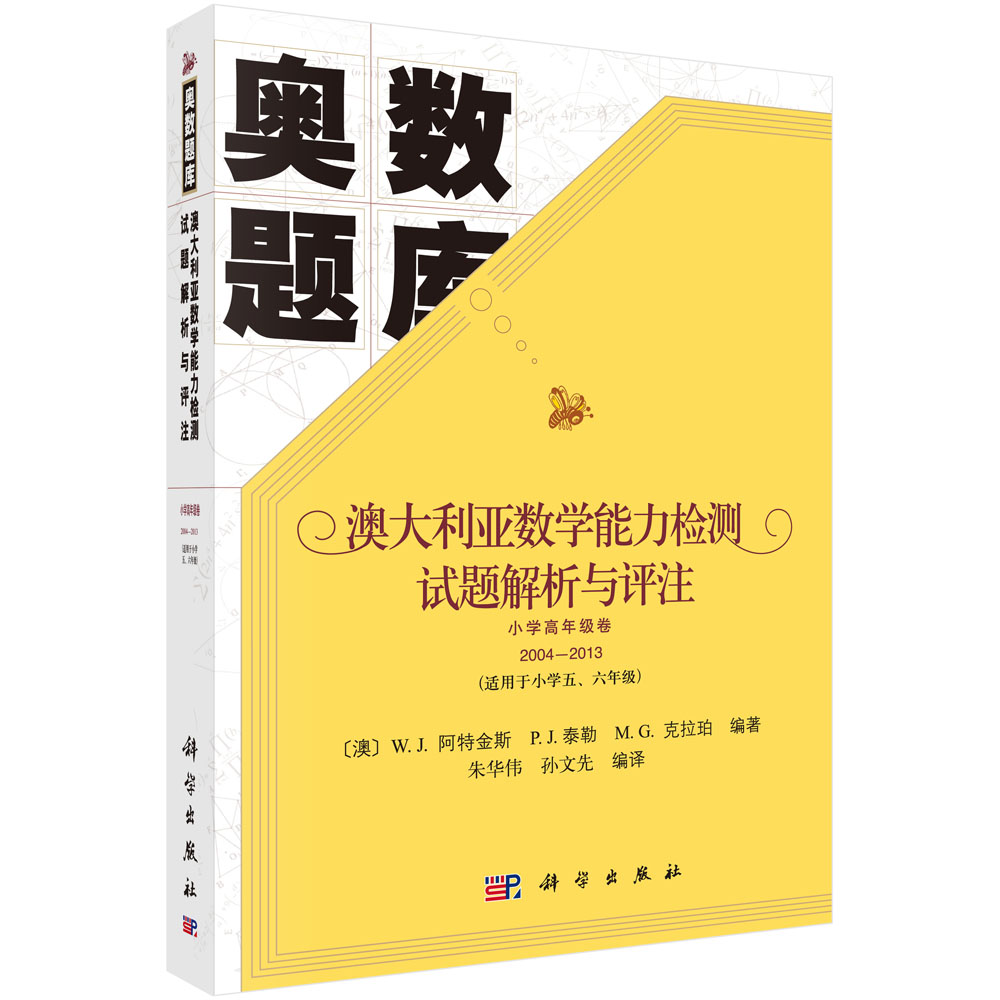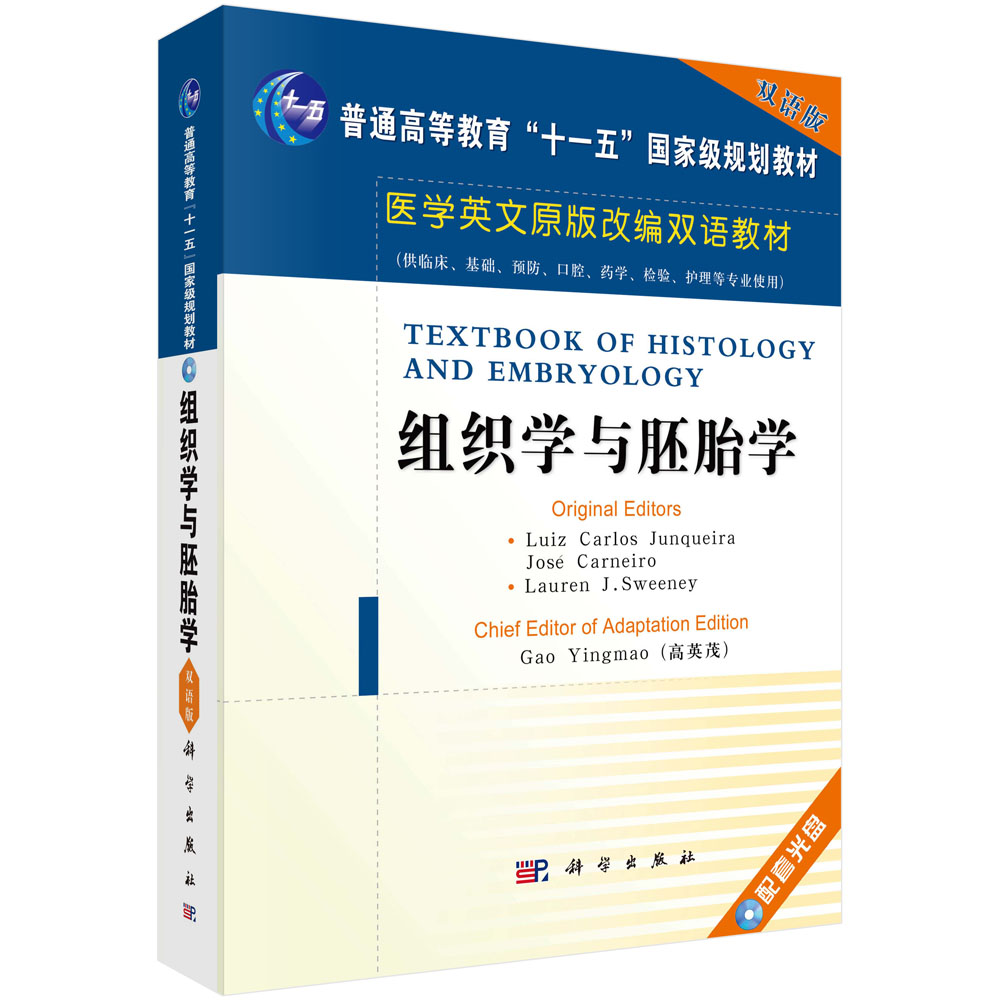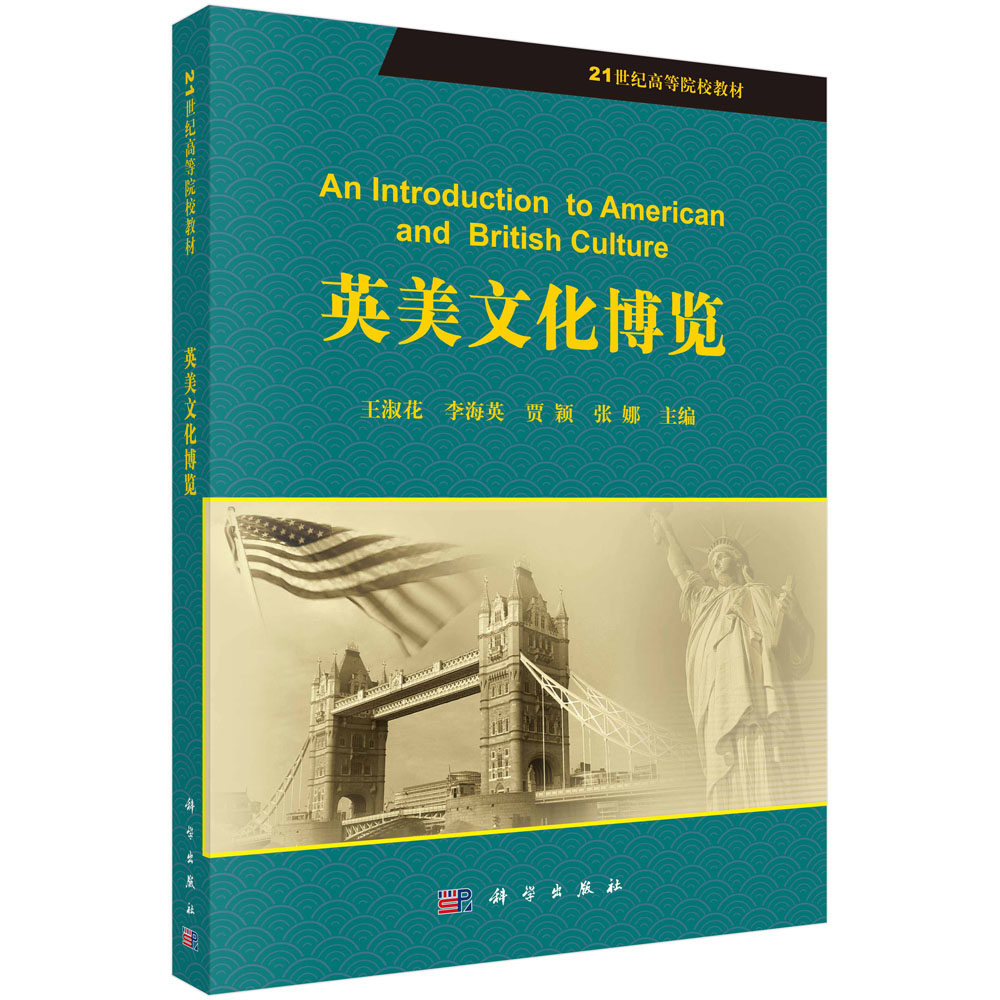目录
- Contents
Preface
Part1 Fundamentals of Cell Engineering
Chapter1 Introduction to Cell Engineering 3
1.1 Bioengineering 3
1.2 Cell Engineering 7
Chapter2 Cell Engineering Basics 14
2.1 Composition of Cells 14
2.2 Cell Cycle & Division 20
2.3 Cell Apoptosis & Cytoclasis 23
2.4 Differentiation & Dedifferentiation 24
2.5 Tissue & Organ 26
2.6 Reproduction & Development 26
Part2 Plant Cell Engineering
Chapter3 Plant Tissue & Organ Culture 35
3.1 Plant Tissue Culture 35
3.2 Plant Embryo Culture 48
3.3 Hairy Root Culture 49
Chapter4 Artificial Seeds & Virus-Free of Plants 55
4.1 Artificial Seeds 55
4.2 Virus Elimination of Plants 57
Chapter5 Plant Cell Culture & Preparation of Secondary Metabolites 62
5.1 Plant Cell Culture and Its Characteristics 62
5.2 Plant Cell Culture Techniques 63
5.3 Production of Secondary Metabolites by Plant Cell Culture 73
Chapter6 Protoplast Culture & Mutagenesis 80
6.1 Protoplast Culture 80
6.2 Protoplast Mutagenesis 83
Chapter7 Cell Fusion & Somatic Cell Hybridization 85
7.1 Cell Fusion 85
7.2 Somatic Hybridization 90
Chapter8 Polyploid and Haploid Plants 94
8.1 Chromosome Engineering 94
8.2 Polyploid Plants 94
8.3 Haploids and Homozygous Diploid Plants 98
Chapter9 In Vitro Fertilization 104
9.1 Plantin Vitro Fertilization 104
9.2 In Vitro Pollination 105
9.3 In Vitro Fertilization 105
Chapter10 Transgenic Techniques 108
10.1 Transgenic Plants 108
10.2 Genetically Modified Plants 113
10.3 Biopharmaceutical Transgenic Plants 114
10.4 Safety of Transgenic Plants 115
Part3 Animal Cell Engineering
Chapter11 Animal Cell Culture & Preparation and Expression of Medicinal Proteins 119
11.1 Animal Cell Culture 119
11.2 Characteristics of Animal Cell Culture 120
11.3 Culture Tools and Conditions 123
11.4 Growth of in Vitro Cultured Cells 128
11.5 Cell Line/Strain and Preservation 132
11.6 Small-Scale Animal Cell Culture Methods 135
11.7 Large-Scale Animal Cell Culture 137
11.8 Animal Cell Culture Bioreactors 141
11.9 Factors of Large-Scale Animal Cell Culture 143
11.10 Preparation of Pharmaceutical Proteins with Animal Cells 146
Chapter12 Hybridoma Technology and Monoclonal Antibody 160
12.1 Hybridoma Technology 160
12.2 Monoclonal Antibody 161
12.3 Humanized Monoclonal Antibody 167
Chapter13 In Vitro Fertilization & Animals Cloned by Nuclear Transfer 170
13.1 Embryo Technique 170
13.2 IVF Animals 170
13.3 Test-Tube Baby 176
13.4 Animals Cloned by Nuclear Transfer 179
13.5 Cryopreservation Technique 185
13.6 Mammalian Sex Control 190
Chapter14 Polyploid and Transgenic Animals 194
14.1 Polyploid Animals 194
14.2 Transgenic Animals 196
Chapter15 Stem Cells 202
15.1 Characteristics of Stem Cells 202
15.2 Embryonic Stem Cells 203
15.3 Adult Stem Cells 209
Chapter16 Tissue Engineering 213
16.1 Tissue Engineering and Its Three Elements 213
16.2 Technical Routes of Tissue Engineering 217
16.3 Tissue Engineering Bioreactors 218
16.4 Tissue Engineering Products 219
Index 221





























